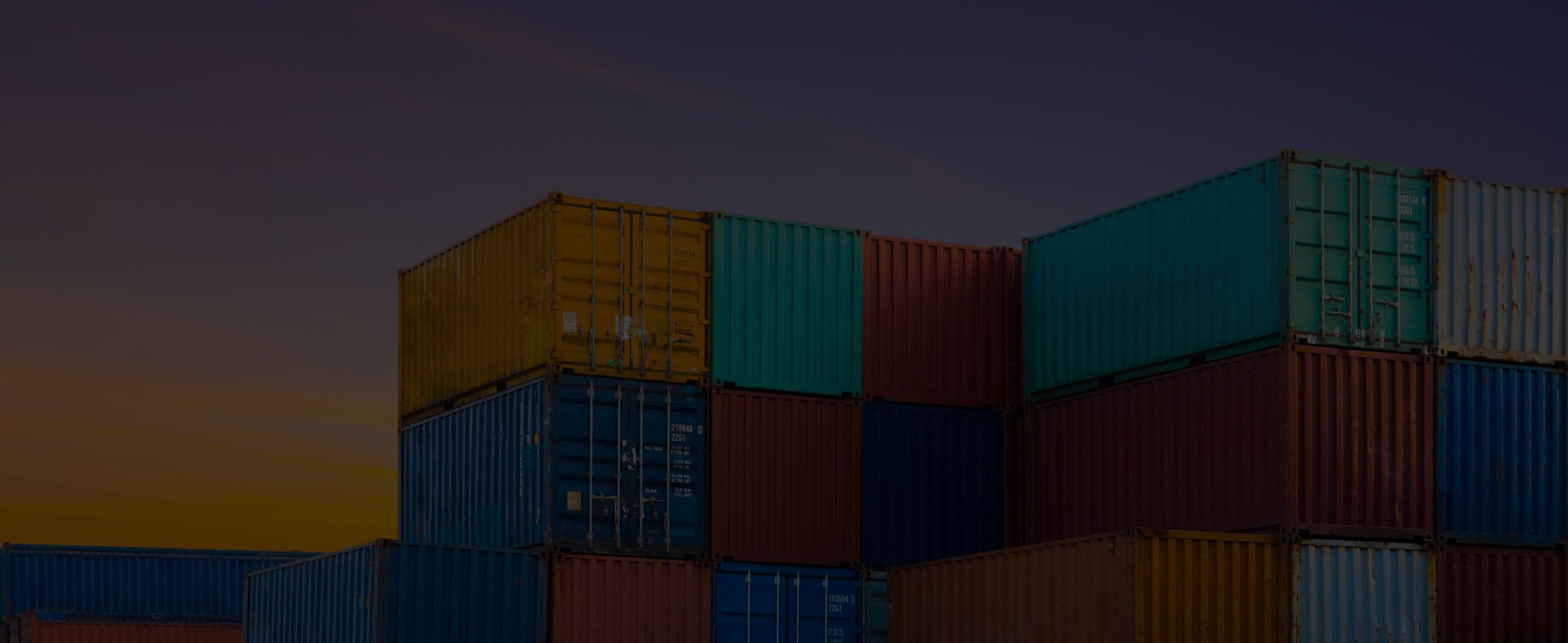
Container Shipping to Norway — Get Instant Quotes



Why Choose iContainers for Shipping to Norway?
- Scandinavian hub with room to grow. The Port of Oslo alone moved ≈ 299 000 TEU in 2022 and is Norway’s primary container gateway, feeding consumer markets across the Oslofjord region.
- World-class cold-chain infrastructure. Dedicated reefer plugs and round-the-clock temperature monitoring at coastal terminals such as Haugesund keep seafood exports — salmon, cod, dairy — within strict +2 °C to +4 °C limits. (identecsolutions.com)
- Air-cargo powerhouse for perishables. At peak season, lines of freighters queue at Oslo Gardermoen (OSL) to lift fresh salmon to Asia and North America, making OSL Europe’s busiest seafood airport. (cargoforwarder.eu)
- Customs made simple. Norway sits outside the EU Customs Union; imports are treated as third-country goods and attract Norwegian VAT plus duty where applicable. Your iContainers account manager handles EORI registration, VOEC thresholds and Norwegian Customs (Tolletaten) declarations for you. (blog.magnuslegal.com)
- Winter-proof planning. Snow and ice can disrupt fjord sailings from December to March; our local ops team monitors Norwegian Ice Service bulletins and pre-books contingency berths or rail routings when adverse weather threatens. (df-alliance.com)
Our Container Shipping Services to Norway
Full-Container-Load (FCL)
High-value imports — machinery, vehicles, electronics — usually travel FCL for security and predictable landed costs. Typical port-to-port transits: Rotterdam → Oslo ~9 – 12 days (North-Sea feeder); Shanghai → Oslo ~39 days on all-water Panama routing.
Less-than-Container-Load (LCL)
Norwegian SMEs frequently move smaller lots of furniture, apparel and specialty foods via LCL consolidations out of Hamburg, Antwerp and Gothenburg, with door-to-door times of 10 – 20 days across Northern Europe.
Alternative: Air Freight to Norway
Need sub-week delivery? We quote air freight into OSL (≈ 185 000 t cargo/yr) plus regional sheds at Bergen (BGO) and Stavanger (SVG) — ideal for urgent offshore-oil spares, high-tech components or temperature-controlled pharma.
Container shipping rates to Norway
How much does it cost to ship a container to Norway?
How Long Does It Take to Ship a Container to Norway?
| Lane | Mode | Typical Transit* |
|---|---|---|
| North-Europe → Oslo | FCL/LCL | 5 – 12 days |
| U.S. East Coast → Oslo | FCL | 10 – 15 days |
| China → Oslo | FCL | 35 – 45 days |
| Air Freight (global) | — | 1 – 6 days |
*Sailing time plus average terminal handling; weather or ice conditions may extend schedules December–March.
Popular Routes and Ports for Shipping to Norway
| Origin Ports | Norwegian Gateway | Notes |
|---|---|---|
| Rotterdam • Hamburg • Antwerp | Port of Oslo (NO OSL) | Principal container terminal; direct feeders thrice weekly. |
| Shanghai • Ningbo • Yantian | Oslo / Bergen | All-water via Panama + North-Sea feeder; 39–46 days. |
| Gothenburg • Aarhus | Port of Stavanger / Kristiansand | Short-sea links for offshore-energy spares. |
| Narvik (import bulk) | — | Arctic gateway for iron-ore exports; project cargo inbound for mining. |
| — | Oslo Gardermoen (OSL) | Europe’s top seafood airport; CEIV-pharma certified. |
Five Easy Steps to Book with iContainers
- Instant Quote — select FCL, LCL or air online.
- Choose Service Level — port-to-port, door delivery, insurance.
- Upload Documents — commercial invoice, packing list, certificates (e.g., veterinary for seafood).
- Track in Real Time — dashboard updates + proactive delay alerts.
- Clear & Receive in Norway — local team arranges customs, trucking or rail to any address from Kristiansand to Tromsø.
What Can You Ship in a Container to Norway?
Common Imports
- Machinery & mechanical appliances (13 % share)
- Vehicles & automotive parts (11 %)
- Electrical & electronic equipment (≈ 10 %) (Trend Economy)
- Furniture, building materials, beverages, consumer goods
Restricted / Special-Permit Goods
- Meat, dairy, plants and live animals (Norwegian Food Safety Authority approval)
- Alcohol above duty-free limits (separate tariff lines)
- Dual-use oil-and-gas equipment
- Lithium batteries and other IMDG-class hazmat
Main ports in Norway
FAQs About Shipping Containers to Norway
Not legally, but we strongly recommend it — North-Sea winter storms and occasional fjord ice can increase risk of weather-related damage. (df-alliance.com)
No. Norway is outside the EU Customs Union; import VAT (MVA) and national duties apply, even on goods arriving from EU ports. (ukandeu.ac.uk)
For loads < 12–15 CBM, consolidated LCL often costs less overall; beyond that break-point, a 20 ft FCL usually delivers the lowest per-unit rate.
Major terminals stay open year-round, but heavy snow or pack ice in inner fjords can slow pilotage and barge services. Our ops team monitors Norwegian Ice Service alerts and reroutes cargo when necessary. (kystverket.no)